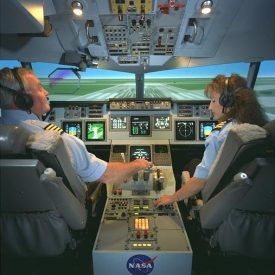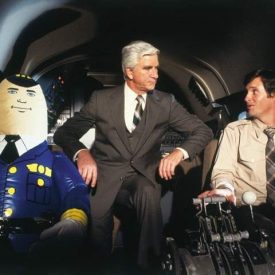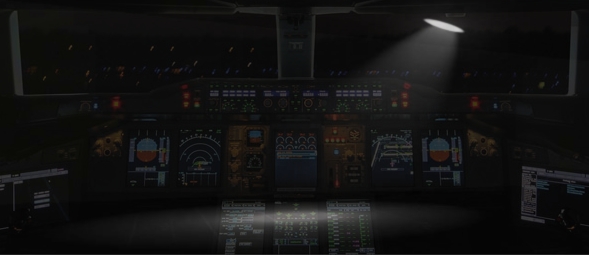Make Non-Routine Go-Arounds a “Bottom-Up” Procedure
In our book, Automation Airmanship, we argue that one of the most powerful influences on how we can successfully shape 21st-century airmanship is to adopt some of the findings and concepts from recent advances in the field of cognitive neuroscience (don’t quit reading just yet—stick with me). This field has made great strides in mapping …










